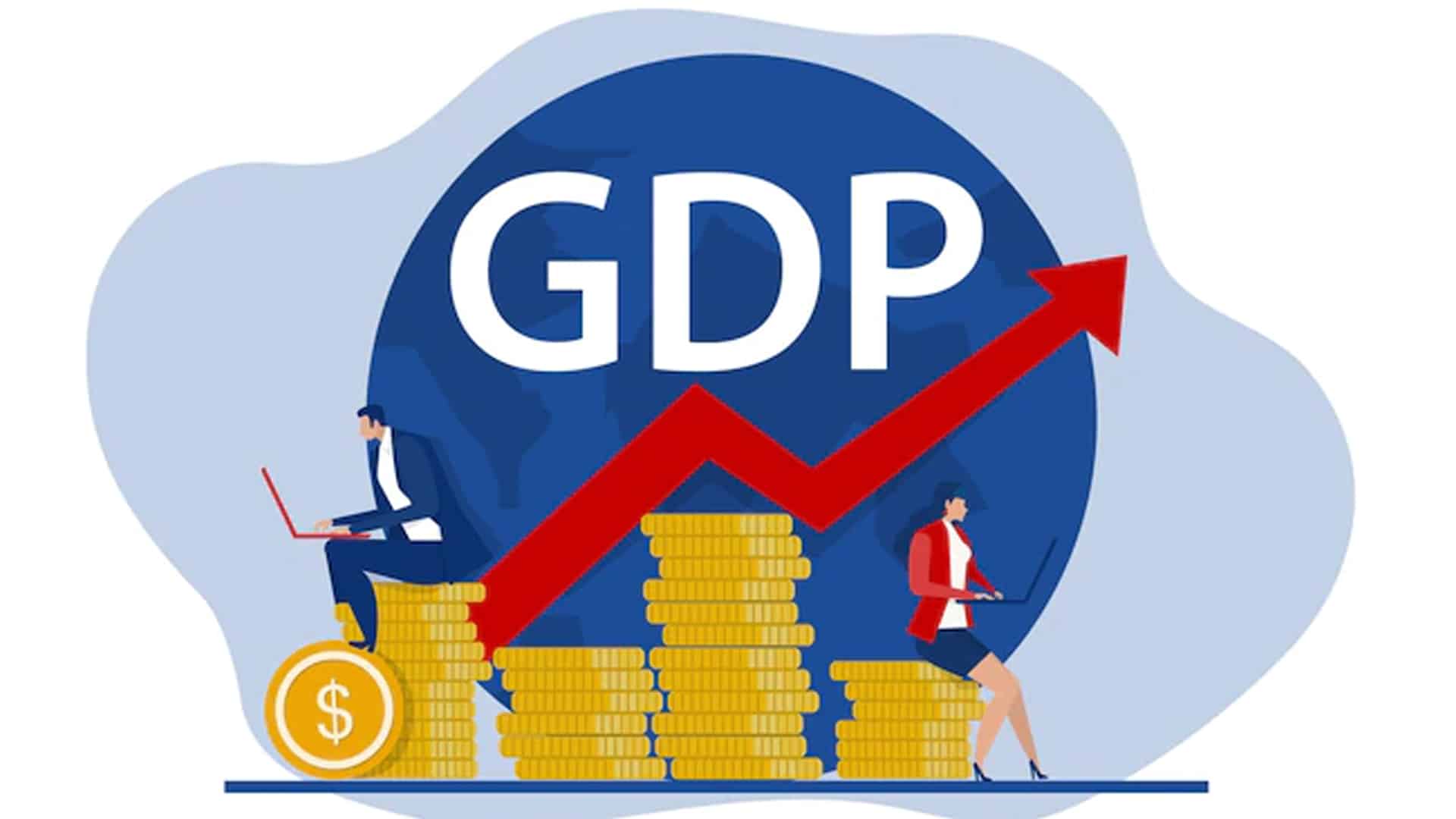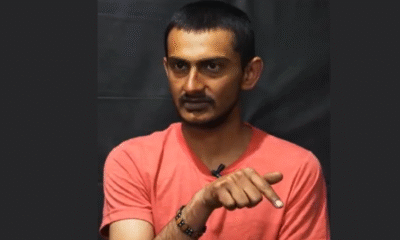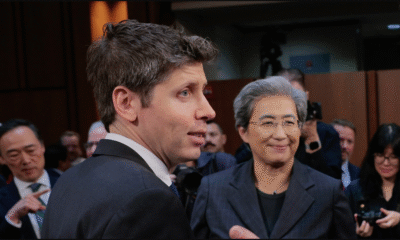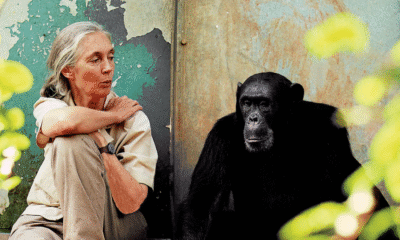GDP
Ukraine war to result in 1.3 pc lower GDP growth for India, says WB official
Russia’s war in Ukraine is likely to result in a significant 1.3 per cent lower GDP growth for India and 2.3 percentage point lower income growth, a top World Bank official has said, even as the lending agency observed that India is emerging strongly from the COVID-19 crisis.
Hans Timmer, World Bank Chief Economist for the South Asia Region, in an interview to PTI also emphasised that in the long-term, India needs to really work hard to reduce its dependence on fossil fuel, shift towards renewable energy and increase the participation of women in the workforce, which at present is quite low at 20 per cent.
Also read: Amazon warns Future Retail against holding meetings to approve assets sale to Reliance
“Our overall assessment is that the war in Ukraine leads to 2.3 percentage point lower income growth for India and 1.3 per cent lower GDP growth. But the adjustment was less than that and that is as I said because of positive surprises we saw in recent data, he said in response to a question. The World Bank in its latest South Asia Economic Focus report said that the estimated growth for India in the fiscal year 2021-2022 is 8.3 per cent, which it has forecast to drop to 8 per cent in 2022-2023 and 7.1 per cent in 2023-2024.
“On India, the first observation is that we lowered the forecast for the fiscal year that just started seven tenths of a per cent. That is a combination of the negative impact of the war, but also some positive surprises, especially on the export of digital services which were really strong, Timmer said. Russia invaded Ukraine on February 24 and the war is grinding toward its eighth week. The US-led West has imposed crippling sanctions on Moscow over its war against Ukraine.
Observing that India is coming from a deep recession at the beginning of the COVID cycle, he said, it is still recovering and not all the damages have been undone. “But you can see now that growth rates are back to where they were before the pandemic. There’s no strong link between a new variant coming up and GDP growth. But the war in Ukraine is an additional strong headwind. That mainly comes through high commodity prices for India, which is a problem for inflation. It is a problem for the fiscal position as far as they are subsidizing goods,” he said.
Timmer said that even the fact that India is able to buy some cheap oil from Russia at the moment, the big picture is still that they are being hurt by the high commodity prices in the market.
“When we run that through models that leads to a bit more than one percentage point lower GDP growth. But then GDP growth doesn’t tell the whole story, because there’s also terms of trade loss. Even when you produce the same but the prices abroad are higher than with what you produce, you can consume less because everything becomes more expensive for you. That’s what we call a terms of trade loss, which people see in their income, but you don’t see in the GDP numbers that are our production, Timmer said.
The positive surprises are in the field of digital services. “In recent quarters, India has been very successful in producing the services and exporting them. Internationally, there is a lot of demand for the services at the moment and India can meet that demand that is stronger than what we had initially, he said. In response to a question, Timmer suggested that India should expand its direct income support programme instead of subsidising food and other essential commodities.
I think that the system that is in place should be used. You should have targeted support measures and that the people can still buy the essentials. That is way better than the other support mechanisms, he said. Taking a long-term perspective, Timmer said India is vulnerable because it is reliant on fossil fuels and also because a big part of society is not participating productively in the economy. And that’s unsustainable in the long run, he said.
Observing that the female labour force participation is just 20 per cent in India, the lowest of the region, he said that there are lots of opportunities to unleash a lot more potential and not just to rely on formal forms. And that’s ultimately the best way to protect the poor, he said.










































